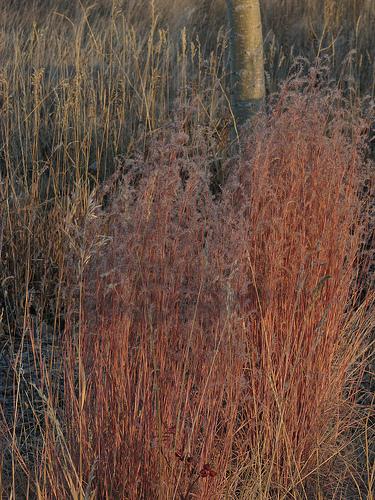In the United States, native plants are generally defined as plant species that have existed in an area before European settlement.




Some Definitions of Native Plants
Federal Register: “Native” plants are “all species of plants and animals naturally occurring, either presently or historically, in any ecosystem of the United States.”
USDA Federal Executive Order 13112: “With respect to a particular ecosystem, a species that, other than as a result of an introduction, historically occurred or currently occurs in that ecosystem.”
U.S. Fish and Wildlife Service: A species that historically occurred or currently occurs in that ecosystem.
For lists of local and regional native plants, consult local Cooperative Extension Service offices or state and local Native Plant Societies.
Additional Resources:
Audubon – Plant Native Species
Southeast
Florida – Native Plants: An Overview
